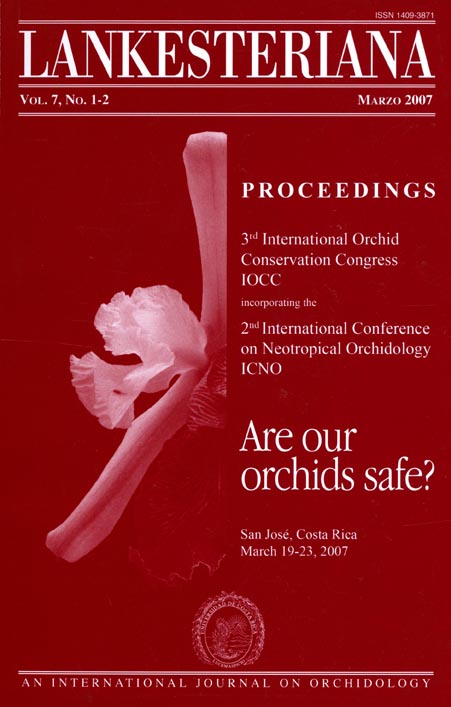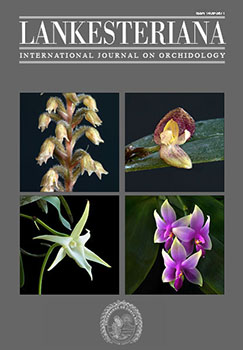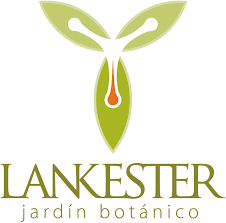Trophic relationships in orchid mycorrhiza – diversity and implications for conservation
DOI:
https://doi.org/10.15517/lank.v7i1-2.19560Palabras clave:
food limitation, heterotrophy, life history, mycophagy, predator-prey, senile populationsResumen
Orchid species are perennial, and though demo- graphic data suggest that the family includes r- as well as K-strategists (Whigham & Willems 2003), most species are potentially long-lived. Individual plants may be kept in living plant collections or in nature reserves for practically unlimited periods of time. There are several reports on natural populations suspected of little or no seedling recruitment, “senile populations” (Tamm 1991, Rasmussen 1995), espe- cially among rare orchids under critical surveyance. Such populations may function as a seed source to neighbouring areas but are likely to eventually disap- pear from the site.
Descargas
Descargas
Publicado
Cómo citar
Número
Sección
Licencia
Conforme con las Políticas de Acceso Abierto promovidas por la Universidad de Costa Rica, los derechos de autor de todos los artículos publicados en Lankesteriana se encuentran bajo una licencia Creative Commons y pueden ser descargados gratuitamente. Los derechos de autor y de publicación pertenecen a la revista bajo la licencia CC BY-NC-ND 3.0 CR.
Before the publication of the materials submitted by the author(s) in LANKESTERIANA, the author(s) hereby assign all rights in the article to the Lankester Botanical Garden.





